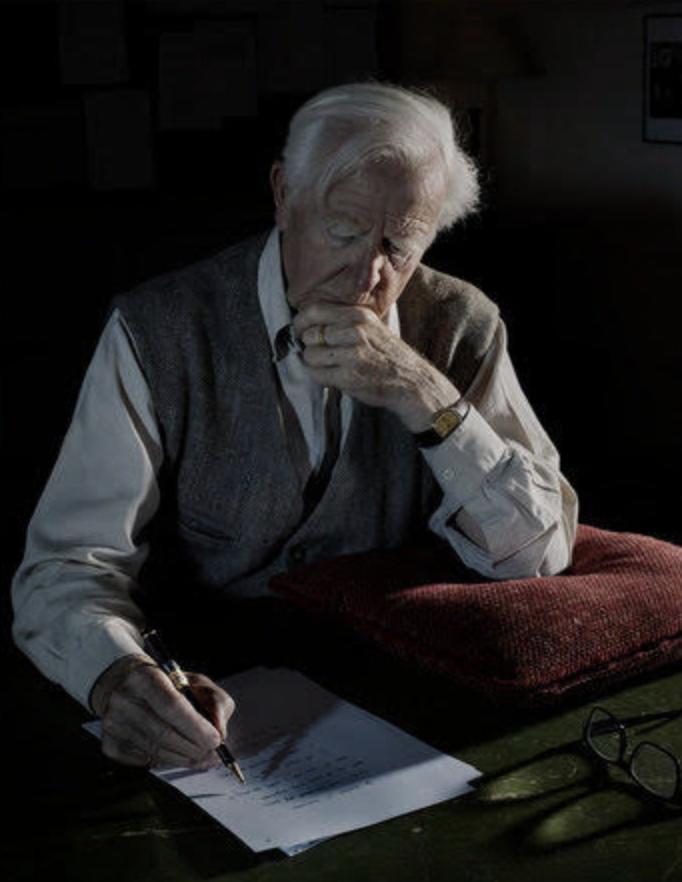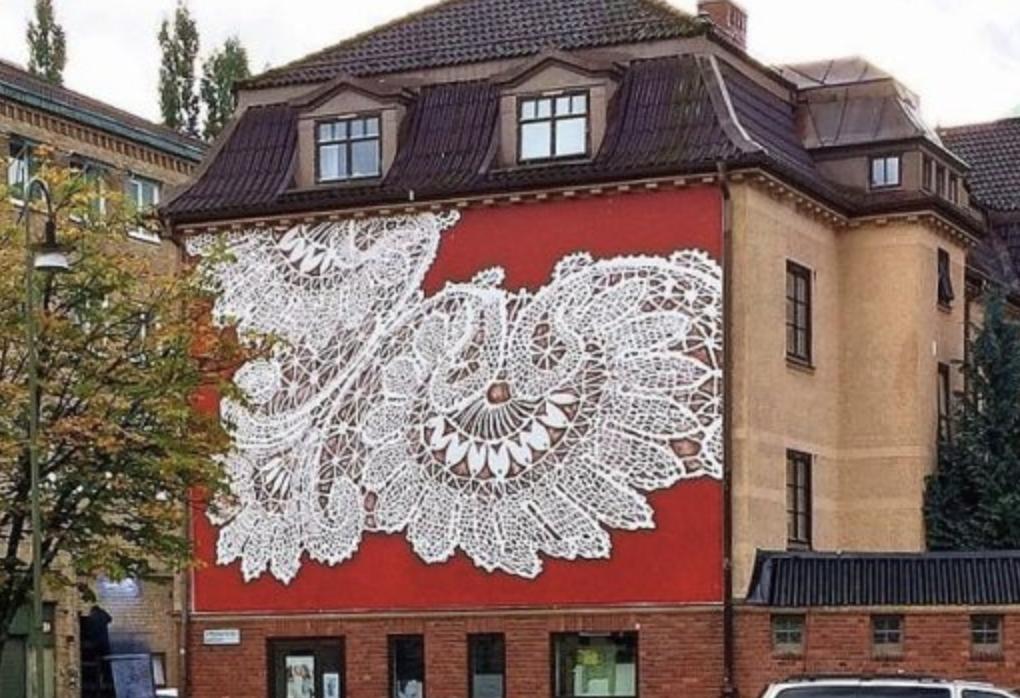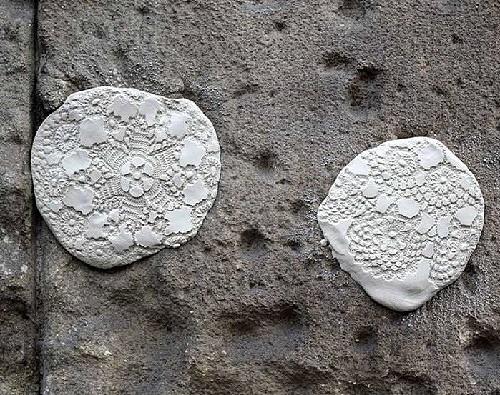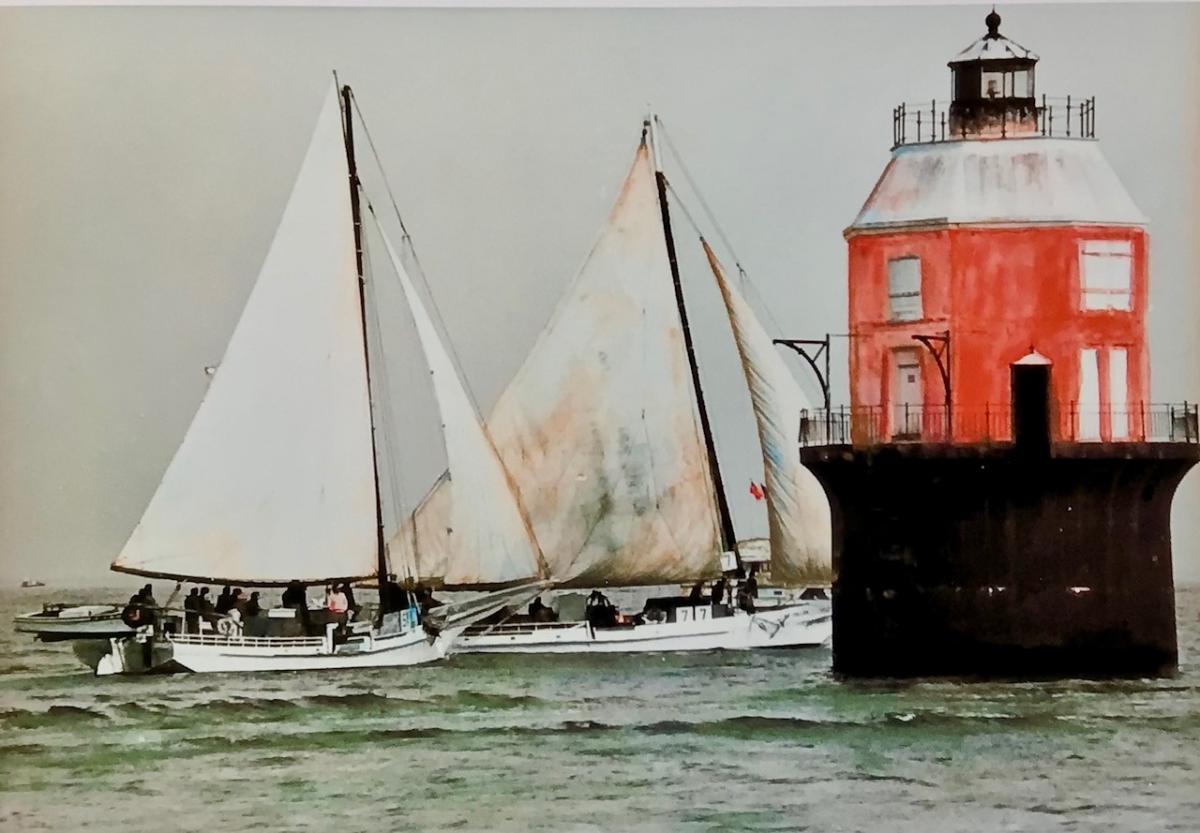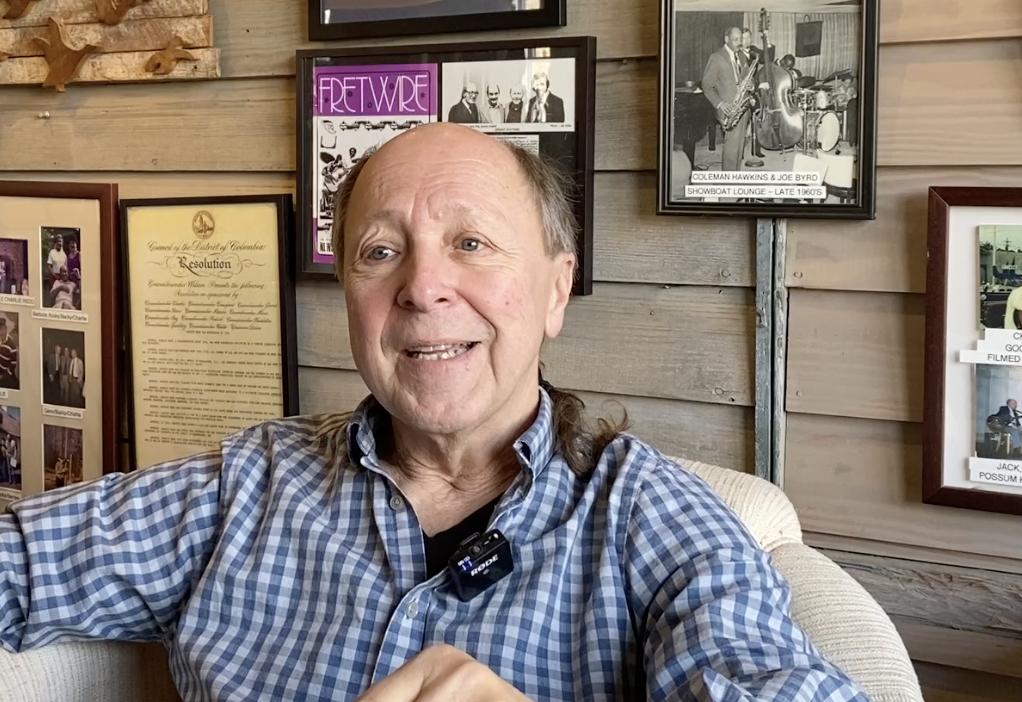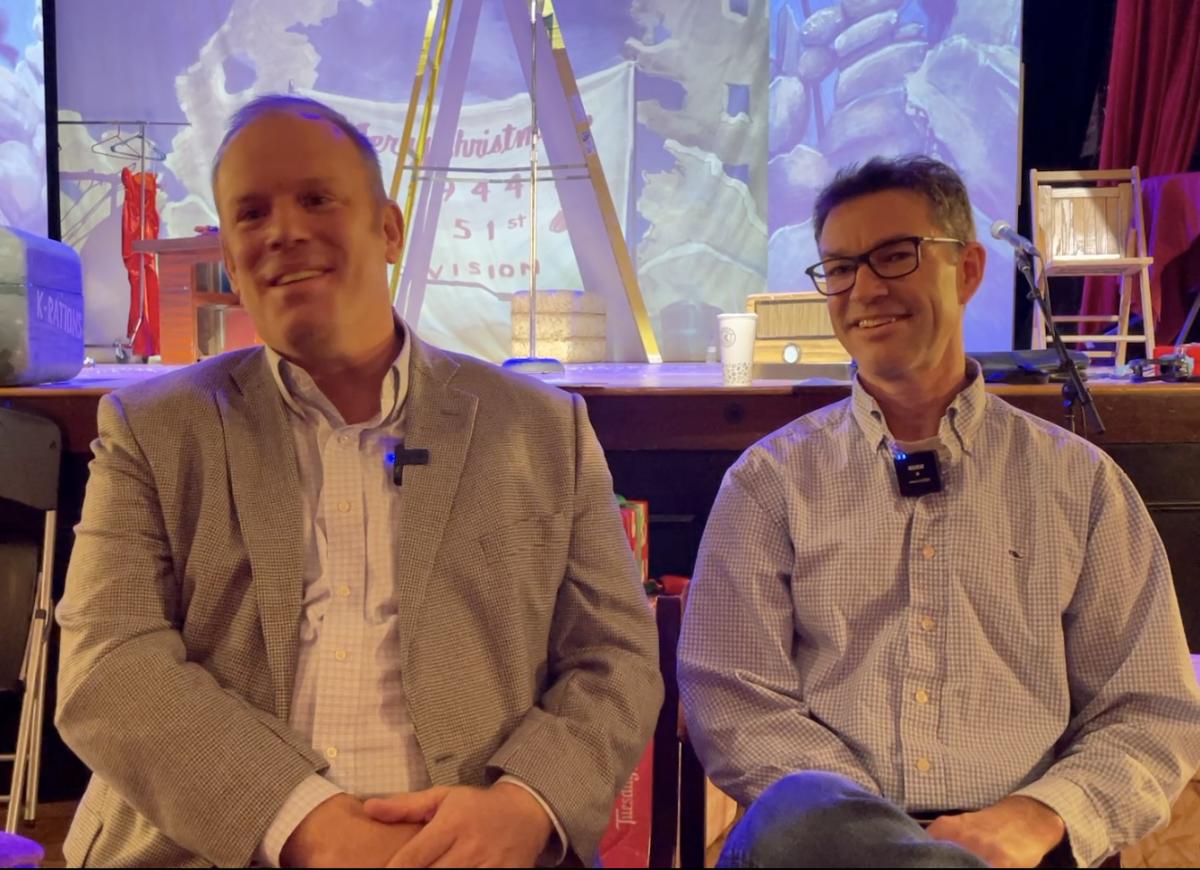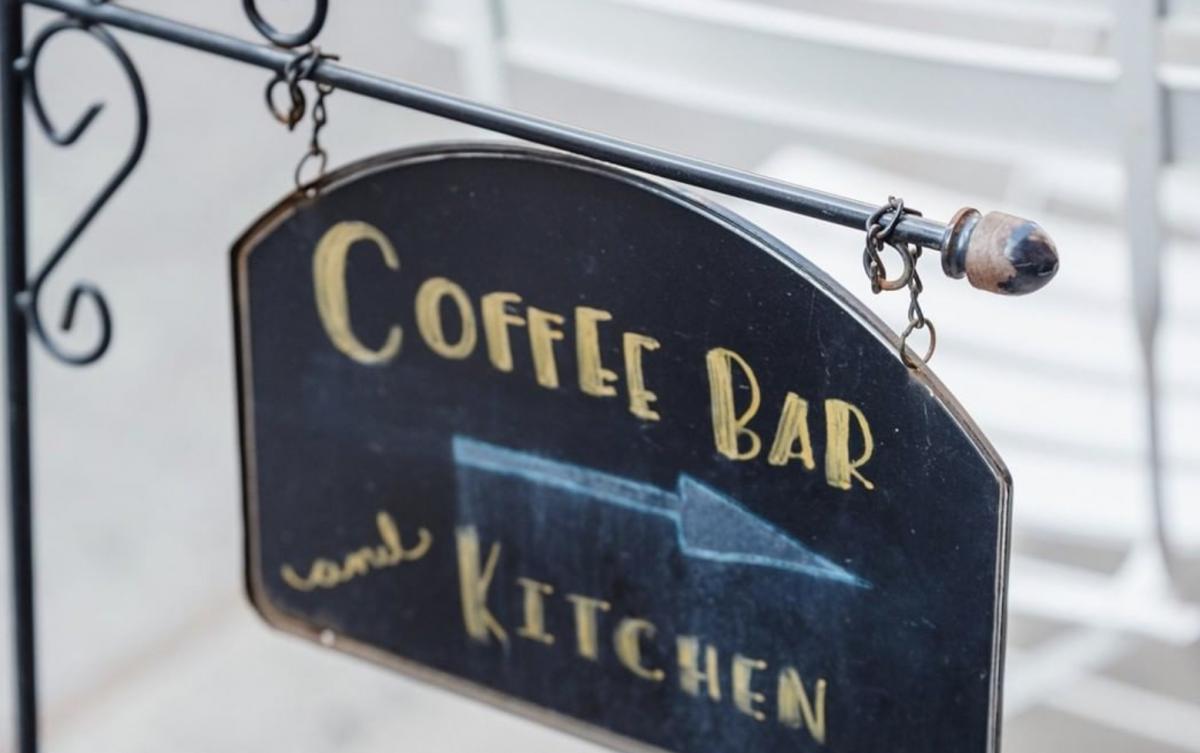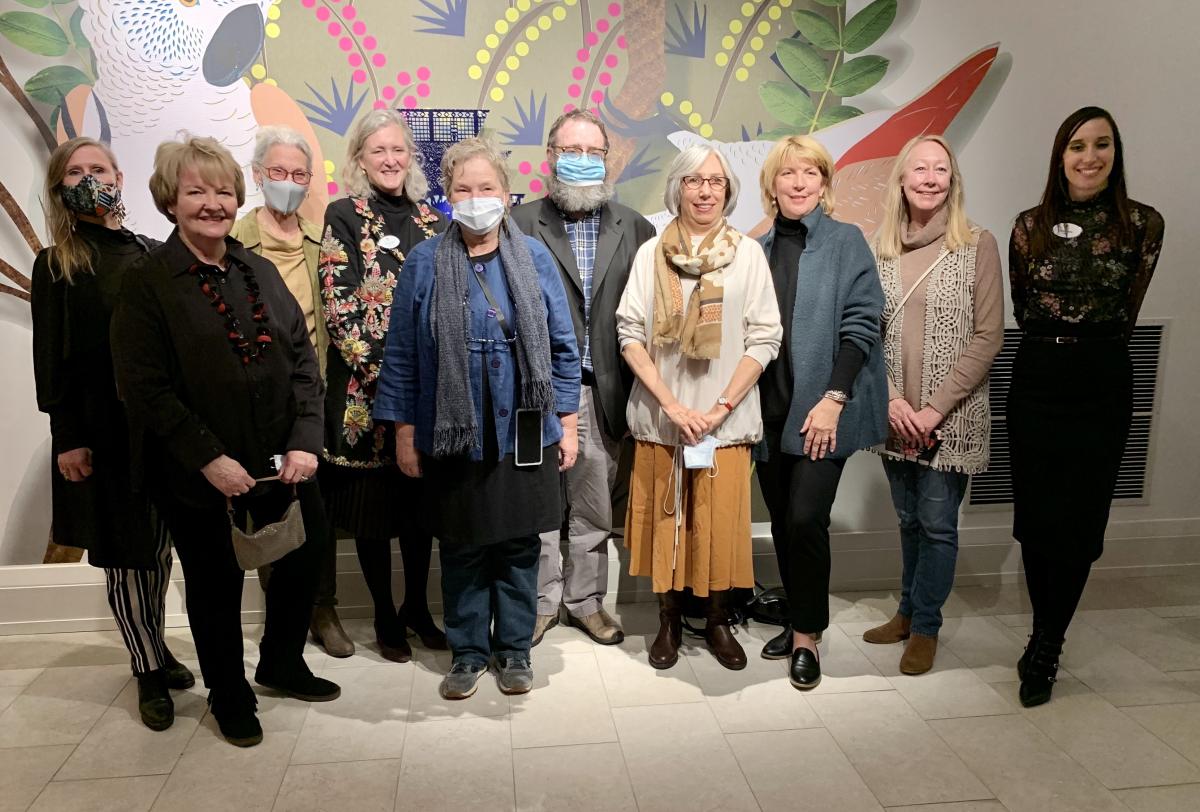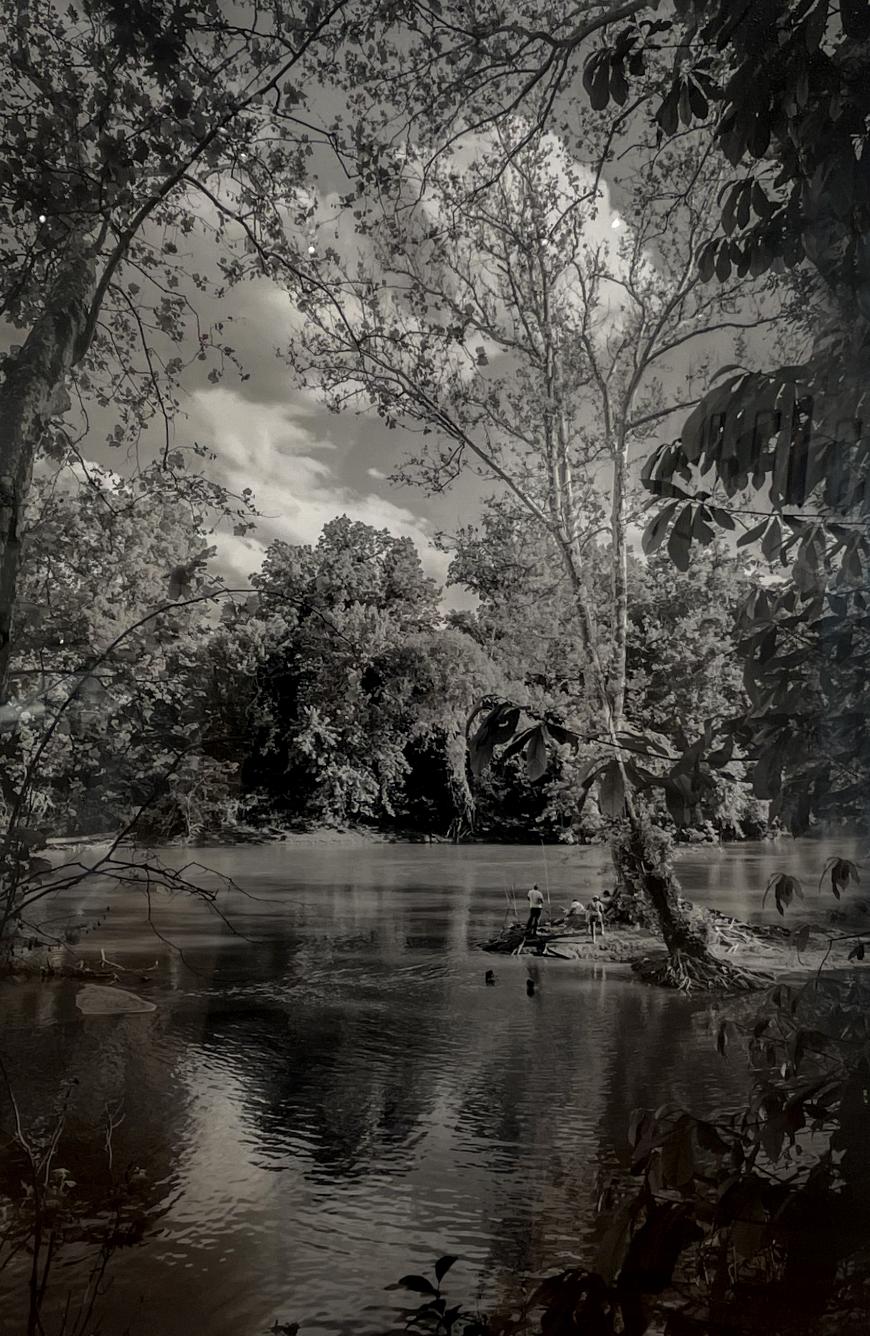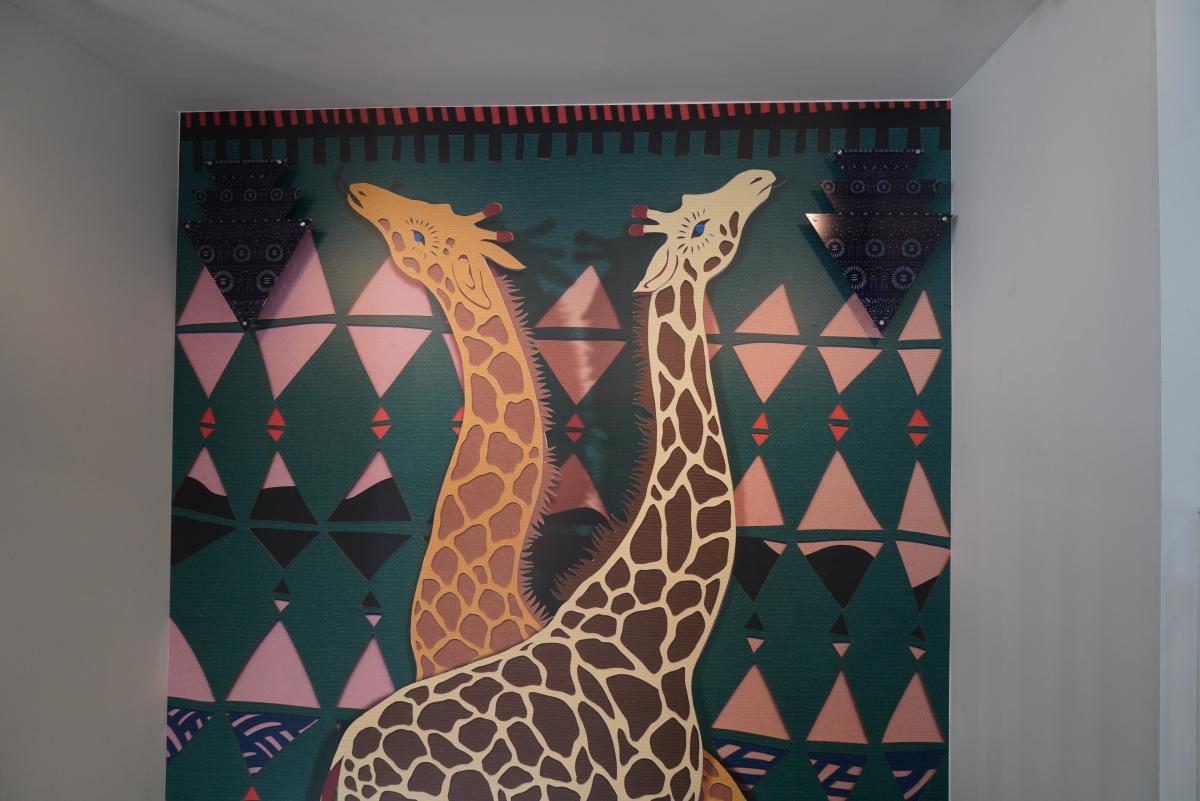Adkins Arboretum, in partnership with the Harriet Tubman Underground Railroad State Park and Visitor Center, will commemorate the 200th anniversary of Tubman’s birth with the virtual launch of a guided experience, Rooted Wisdom: Nature’s Role in the Underground Railroad, on Fri., March 11 at 7 p.m. The event includes a short documentary film that will premiere via livestream, hosted by the Avalon Foundation and viewable on the project’s website, naturesrole.org. Following the premiere, audiences can watch a panel discussion with historians and the filmmakers and participate in a Q&A with the panel. 
The 25-minute film and virtual companion explore how self-liberators used the natural landscape to forge a path to freedom. Historian and Menare Foundation President Anthony Cohen—who retraced 1,200 miles of this history by foot, boat and rail—guides viewers through the Adkins Arboretum landscape, revealing freedom seekers’ methods for navigation, concealment, evasion and nourishment.
Historian and seminal Tubman biographer Kate Clifford Larson noted, “Beautifully filmed and narrated, Rooted Wisdom reveals the remarkable literacies that self-liberators possessed and used to navigate and sustain themselves during their flights to freedom along the Underground Railroad. This remarkable film confirms freedom seekers and their families as early naturalists with enormous wells of knowledge about the flora and fauna of their worlds and offers us a fresh look at history on landscapes teeming with life. Simply breathtaking!”
After the virtual launch of the film, visitors to naturesrole.org will be able to view the documentary as a five-part series enhanced by information that invites a deeper understanding through detailed accounts of self-liberators, related historical sites and resources relating to the landscape then and now.
“The Arboretum’s restored landscape makes it an ideal setting for exploring the history of the Underground Railroad,” said Adkins Executive Director Ginna Tiernan. “It looks similar to how the region would have appeared when Harriet Tubman and other self-liberators were making their way to freedom.”
Jointly produced by Adkins Arboretum and Schoolhouse Farmhouse Studio (SHFH) in collaboration with Cohen, Rooted Wisdom was filmed at the Arboretum over the course of a year. The project was supported in part by a grant from the Association for the Study of African American Life and History (ASALH), funded by the Department of the Interior, National Park Service. Funding from the Dock Street Foundation and private donors was also received to promote and broaden the project.
Adam Goodheart, historian and director of Washington College’s Starr Center for the Study of the American Experience, said, “The Chesapeake watershed is the heartland of African-American history in the United States. In the fields and forests, we can trace the pathways of countless freedom seekers who used nature to guide and protect them on their northward journeys. This film captures them beautifully.”
The Rooted Wisdom: Nature’s Role in the Underground Railroad launch and documentary film will stream live on Fri., March 11 at 7 p.m. The virtual event is free and open to all, though registration is encouraged at bit.ly/RootedWisdomPremiere. The program will include a panel discussion with the filmmakers, SHFH’s Lauren Giordano and George Burroughs, and project collaborator and narrator Anthony Cohen. Goodheart will moderate the discussion.




